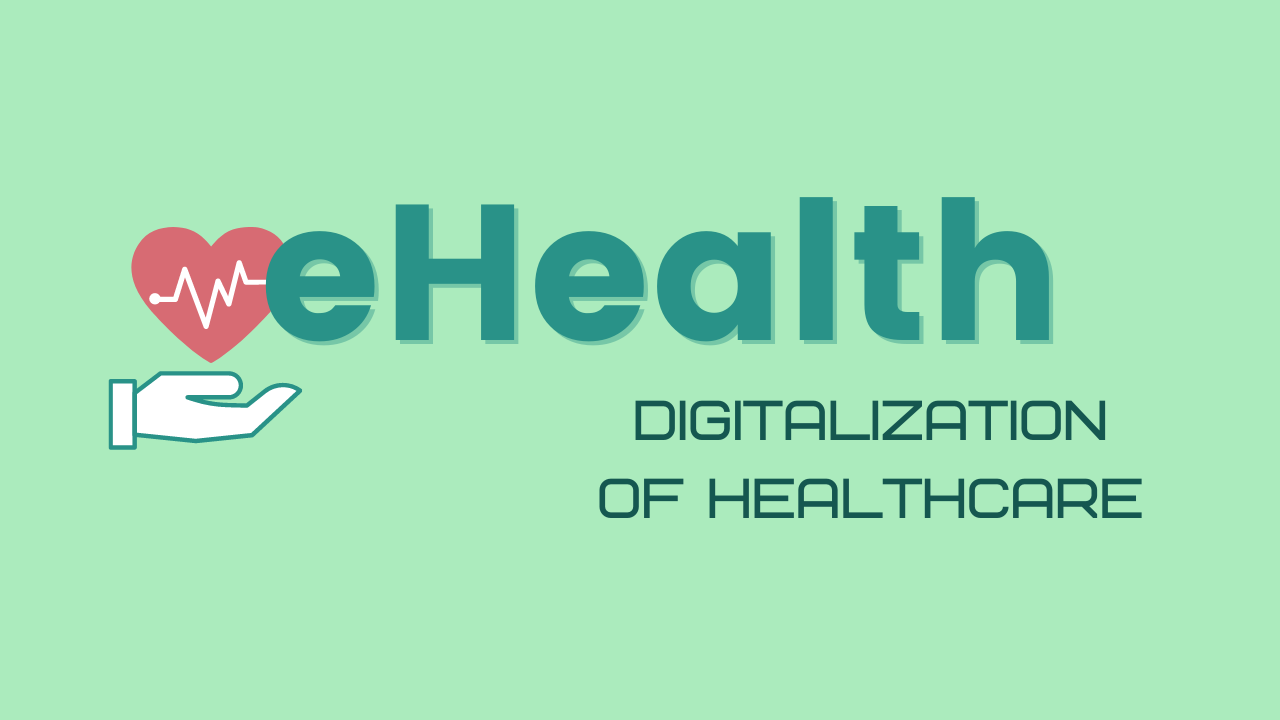eHealth
Wiki Article
eHealth
Overview
eHealth, generally known as electronic well being or healthcare technologies, refers to the use of electronic interaction and data technology in the Health care sector. It encompasses a variety of systems and programs aimed at enhancing the performance, performance, and quality of Health care delivery.
Targets of eHealth
The leading objectives of eHealth is often summarized as follows:
Improved Usage of Health care: By leveraging digital systems for example telemedicine and remote affected individual monitoring, eHealth aims to boost entry to Health care companies for individuals living in distant places or with confined mobility.
Increased Good quality of Treatment: By means of tools like electronic health information (EHRs) and medical decision assist systems (CDSS), eHealth seeks to boost the quality of care by facilitating correct and well timed information exchange amongst healthcare pros.
Affected individual Empowerment: By offering clients with access to their health-related documents, personalized overall health apps, and on the web instructional methods, eHealth empowers people today to acquire an Lively purpose in controlling their own individual well being.
Value Performance: Employing electronic platforms might help minimize administrative charges affiliated with paper-based methods even though enabling economical coordination concerning diverse stakeholders inside the healthcare ecosystem.
Essential Apps of eHealth
Various vital purposes add to attaining the objectives outlined higher than:
Electronic Well being Documents (EHRs):
EHRs are digital variations of clients' health-related records which can be effortlessly accessed by licensed healthcare vendors involved with a affected person's treatment. They provide an extensive check out of the individual's medical heritage, lab final results, remedies prescribed, allergic reactions, and various suitable clinical details.
Telemedicine:
Telemedicine requires offering healthcare remotely by way of online video conferencing or cellphone phone calls. It permits Health professionals to consult with people who are not able to physically take a look at hospitals or clinics as a result of geographical constraints or mobility issues.
Cellular Well being (mHealth) Applications:
mHealth apps are smartphone apps that offer different Health care services, for example monitoring important indications, reminding people to consider drugs, furnishing access to overall health instruction materials, and facilitating communication with healthcare companies.
Distant Individual Checking (RPM):
RPM will allow Health care gurus to monitor a patient's important indications and also other wellbeing parameters remotely applying wearable equipment or sensors. This allows early detection of health issues and timely interventions.
Wellbeing Data Exchange (HIE):
HIE requires the safe sharing of affected person info across different Health care corporations, making sure seamless coordination and continuity of treatment amongst suppliers in numerous settings.
Scientific Conclusion Aid Devices (CDSS):
CDSS leverage artificial intelligence algorithms to analyze healthcare info and support healthcare specialists in creating proof-dependent decisions about prognosis, treatment method strategies, drug interactions, and a lot more.
Well being Wearables:
They are wearable equipment like Health trackers or smartwatches that will collect physiological facts on a person's exercise routines, coronary heart charge patterns, snooze high quality, and more.
Advantages of eHealth
The adoption of eHealth provides quite a few Positive aspects for both of those men and women and the general Health care program:
Improved Effectiveness: eHealth streamlines administrative responsibilities by lowering paperwork and enabling the Digital exchange of knowledge among the stakeholders associated with affected individual care.
Improved Interaction: Digital wellbeing equipment aid helpful communication amongst patients and their Health care suppliers while also selling collaboration amid different professionals linked to a patient's treatment method approach.
Access to Specialized Care: Telemedicine lets people residing in remote places or underserved communities to consult with professional Medical doctors who is probably not physically existing close by.
Well timed Interventions: Via remote monitoring techniques or cellular apps that present alerts or reminders for medication adherence or comply with-up appointments, eHealth helps avert troubles by facilitating early interventions.
Improved Affected person Outcomes: By supplying hassle-free entry to health care data on the net coupled with individualized health and fitness guidance, eHealth empowers clients to actively have interaction in their own healthcare and handle Serious ailments proficiently.
Troubles and Problems
Although the implementation of eHealth comes with many benefits, Additionally, it presents difficulties and considerations that have to be tackled:
Privacy and Security: Shielding individual info from unauthorized access is an important worry inside the digital health and fitness landscape. Sturdy security steps, compliant with related privacy polices, need to be carried out to make certain information confidentiality.
Interoperability: Various Health care programs and programs might not always seamlessly talk to each other resulting from insufficient interoperability benchmarks. Making certain economical exchange of data across platforms is very important for complete affected individual treatment.
Digital Divide: Not Anyone has equal use of electronic systems or possesses the required electronic literacy expertise required for working with eHealth resources correctly. Bridging the digital divide results in being necessary to be certain equitable entry to Health care services.
Regulatory Compliance: The dynamic nature of technological know-how usually surpasses present regulatory frameworks. To fully leverage the many benefits of eHealth whilst safeguarding client rights, rules have to have to keep rate with technological developments without the need of stifling innovation.
Conclusion
eHealth plays a pivotal role in modernizing healthcare shipping by harnessing technology for improved accessibility, high-quality of care, individual empowerment, and value performance. The widespread adoption of electronic communication equipment, telemedicine products and services, mobile wellness applications, distant checking units, as well as other progressive methods contributes towards a more related and patient-centered approach to Health care provision. Nevertheless, addressing difficulties linked to privacy safety, interoperability specifications compliance bridging inequality gaps in Net accessibility are crucial methods towards obtaining the complete click here likely of eHealth.
